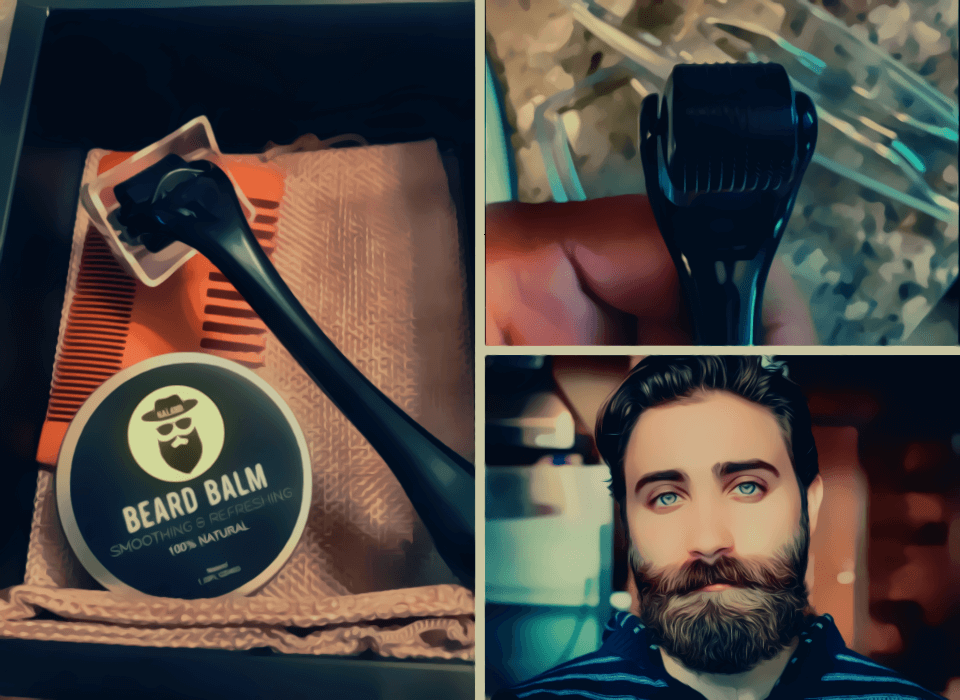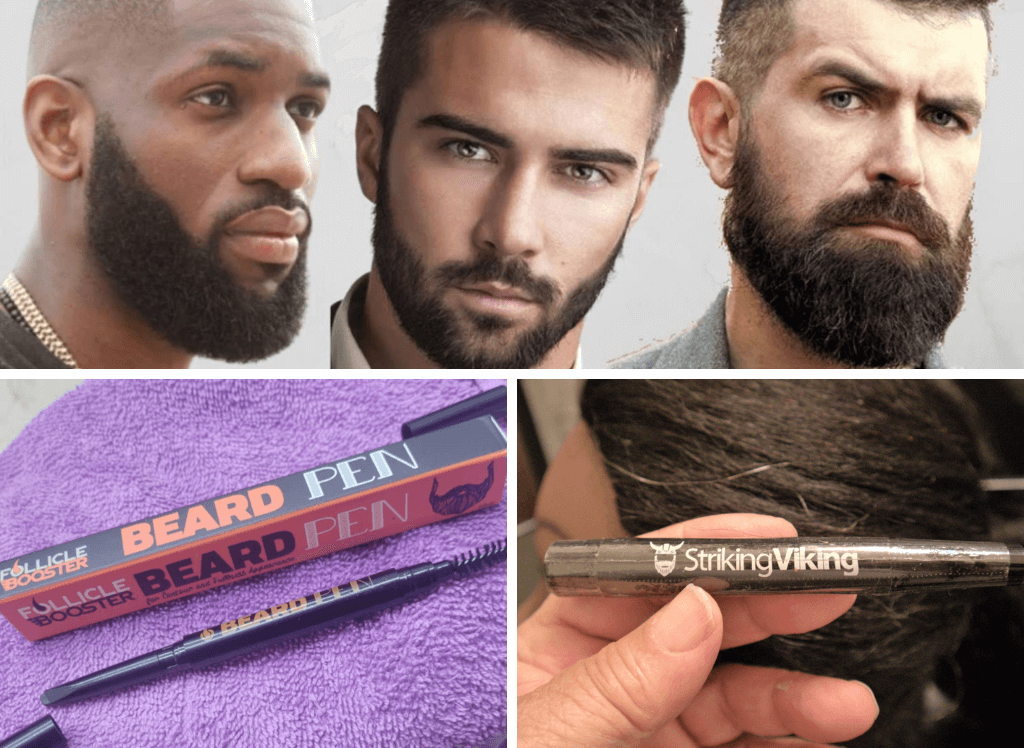Surgery is a complex and delicate procedure that requires specialized tools and equipment to ensure successful outcomes. One of these tools is suture scissors, which are essential for cutting and removing sutures during surgery.
Suture scissors are not just any ordinary pair of scissors, they are specially designed to perform a specific task that requires precision and delicacy. So, what are suture scissors, and how do they work? In this report, we will take a closer look at suture scissors and explore their functionality in surgical procedures.
Suture scissors are small, sharp surgical scissors that are used to cut and remove sutures during wound closure. They come in various sizes and shapes, with straight or curved blades, depending on the type of suturing technique being used.
Suture scissors are made of high-quality surgical steel that is durable and resistant to corrosion, and their blades are finely honed and sharpened to ensure a clean cut through the suture material. The handles of suture scissors are usually coated with a non-slip material, such as silicone, to provide a comfortable grip and prevent slipping during use.
The cutting-edge suture scissors are designed to slice through the sutures smoothly and cleanly, without creating jagged edges or frayed ends. The sharpness of the blades is critical, as it determines the precision and effectiveness of the suturing procedure.
Suture scissors are also useful in trimming excess tissue, such as skin or fat, around the surgical incision, to facilitate proper wound healing. They may be used in other medical procedures, such as dental or podiatric surgery, where sutures are commonly used.
Suture scissors are available in two types of blades – straight and curved. Straight suture scissors have straight blades that allow for a precise and accurate cut through the suture material. They are commonly used in linear incisions, such as those made during abdominal surgeries.
Curved suture scissors have curved blades that allow them to reach difficult angles and curves, such as those found in oral surgeries or plastic surgeries. They are also used in wound closure procedures that require a curved incision.
Suture scissors should be handled with care, as their blades are sharp and can cause injury if not used properly. They should be cleaned and sterilized before and after use, to prevent the spread of infection.
It is also important to use the appropriate size and type of suture scissors for the specific suturing technique being used, to ensure the best possible outcome.
In conclusion, suture scissors are an essential tool in surgical procedures that involve wound closure. They are designed to cut and remove sutures and are available in various sizes and shapes, depending on the suturing technique being used.
Suture scissors have sharp blades that are honed to precision, and they should be handled with care to prevent injury and infection. Knowing what suture scissors are and how they work is critical to ensuring the success and safety of surgical procedures involving sutures.
So, the next time you are undergoing a surgical procedure, be sure to ask your surgeon about the suture scissors being used and how they contribute to your healing process.
If you're in the market to find the perfect suture scissors to help you cut and remove sutures at home instead of having to go back to the doctors office to get that done, check out the link below to see our top picks. Good luck using your new suture scissors, hopefully you won't have to.









